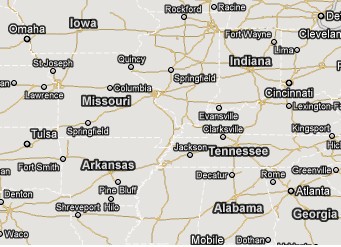When setting the Google Maps overlay to GoogleMapType.Hybrid, it is really just requesting an extra layer of tiles to put on top of GoogleMapType.Satellite. Is there a way to only display the street and label tiles?
Here is the scenario:
We have access to local Aerrial photography that is higher quality and more up to date than Google Maps Satellite layer. We want to display our imagery with Googles streets and labels on top.


